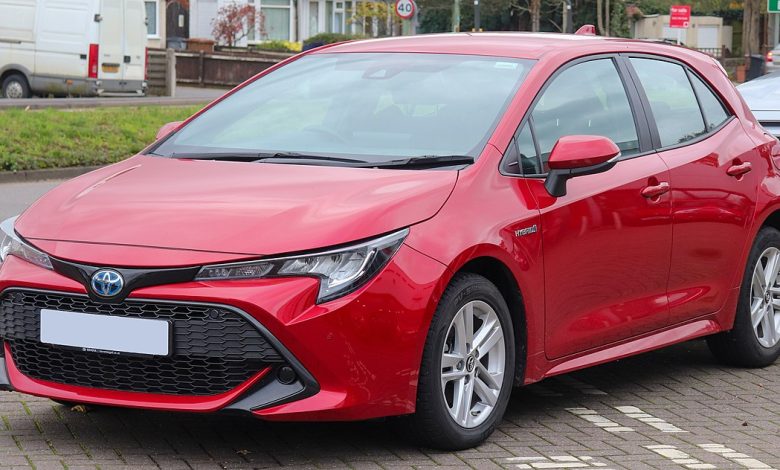Why Investing in Quality Pays Off: The Downside of Choosing the Cheapest Option

When we’re looking for value, it’s common to instinctively head towards the lowest price. However, if we could remember one thing, it might be that the cheapest options can often lead to the most expensive outcomes. The pull of the bargain can be strong, and sometimes we’ll forget why quality is so important in the face of a bill that’s easy and low. Here are some of the common problems a bargain can hide, and how choosing the right quality can lead to better value and satisfaction.
The Risks of Prioritizing Price Over Quality
Although purchasing products at the lowest possible price seems like a way to save money, there are many disadvantages of choosing this option:
1. Sometimes you may pay less for a product but end up with inferior quality and lower durability. For example, you might buy a cheap knife that is easily bent and needs constant sharpening, which would often cause injuries.
2. You may end up buying more than necessary when you purchase things based on their low price. This can relate to both the quantity and the actual size of the products. Let’s say you buy a load of gravel from Builders Warehouse at a discounted price, only to discover that it’s not enough, so you have to buy more later on.
3. A good reputation and good quality repair services are often connected to more expensive products. Not only is there a direct relationship between price and quality, but the fact that a product is expensive may also signify reliability and quality. For instance, if you want to buy an expensive bag from a well-known brand, you’ll often enjoy additional services that are not provided if you just purchase a bag from a market. Lastly, there is the concept of delayed enjoyment – you can start saving money by investing in things that will last longer.
Lower quality and reduced longevity: Cheaper products are made out of lower-grade materials or with less durable manufacturing procedures, both of which are associated with less longevity.
Diminished Performance: In some cases, lower-cost options aren’t as effective as higher-quality alternatives, which can result in frustration, inefficiency, and the need to purchase other products or services to accomplish one’s goals.
Inadequate support and aftercare: Cheap products frequently offer scant customer support and warranties. This can lead to consumers being stranded if something goes wrong, with little recourse for repair or replacement.
Invisible Costs: You think you’re saving money when you buy the cheapest option, but it turns out to cost more in the end, because it requires maintenance, extra parts, or accessories that weren’t included with the original offering.
Safety concerns: with products such as electronics, cars or safety gear etc., quality control cannot be overlooked, as it can damage the credibility of the brand. Inferior materials can result in accidents leading to loss of life.
The Advantages of Choosing Quality
Investing in quality can offer numerous benefits that enhance overall satisfaction and long-term value:
Durability and longevity: They’ll last longer because they are made of higher-quality materials and joined by superior craftsmanship.
Better quality – better performance and functionality Higher-quality products or services are made to perform better and offer a more fulfilling experience, which can be crucial in regard to the product adequately serving your needs and expectations.
Best-in-class Customer Support: leading makers that care about the quality of the goods they produce tend to offer great customer service and generous warranties, which is very helpful if and when things go awry.
Value for Money. Quality items may cost a bit more upfront, but the money saved in the long term by avoiding frequent repairs, replacements and improved performance makes quality items more economical in the long run.
Safety and Reliability: when something is made well, it will be manufactured to higher safety standards and undergo more extensive testing to ensure it will work when and where it is supposed to. And sometimes, making something well is actually more important than the idea behind it.
How to Identify Quality Products and Services
To make informed decisions, consider the following when evaluating potential purchases:
Brand Reputation: Established brands have a well-earned reputation for quality, and that makes them a safer choice than a product you’ve never heard of. Read up on the company’s history and check out customer feedback to assess trustworthiness.
Customer Reviews and Ratings: Read user reviews and ratings. These can give a sense of the product’s performance, durability and the value received for the price paid.
Material/Build Quality: Look at the materials and construction of the product. Quality components and careful craftsmanship indicates a durable and dependable product.
Warranty and After-Sales Support: Look at the warranty and the assistance available after the sale. A good warranty is a sign of the manufacturer’s confidence in the product, and provides reassurance.
Features and Functions: Make sure to check if the product or service offers the features and functionality you need. Generally speaking, similar products or services with better features provide better quality.
Conclusion
However seductive the super-cheap option can be, by putting value over cost, you will get more satisfaction and real value. If you buy a high-quality product or service, you can save money and time in your lifetime. You can enjoy a better experience; products and services will work better and last longer. You will breathe will enjoy your experience and will not get hurt. Customers can buy things that meet safety standards and receive customer support when they need it. Buying good things for yourself and your family will help you avoid many problems. The most important principle of good buying is: ‘Go for quality; it’s not worth saving on cheap goods.’ If you are looking for true value and have a clear idea of the things you need, then the least expensive option may not always be the best choice.




